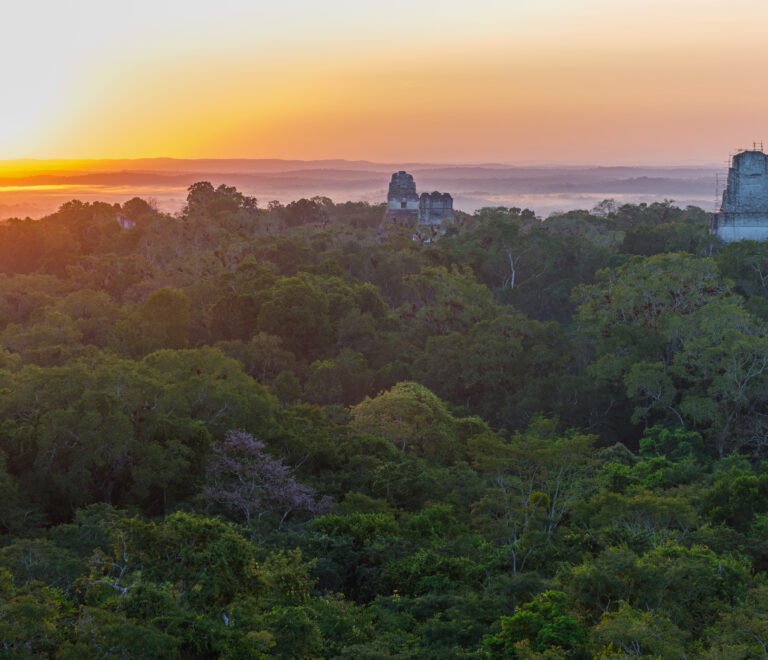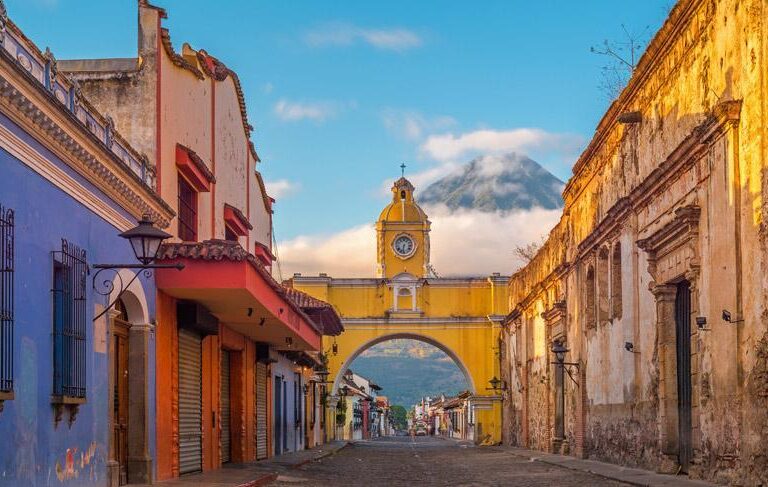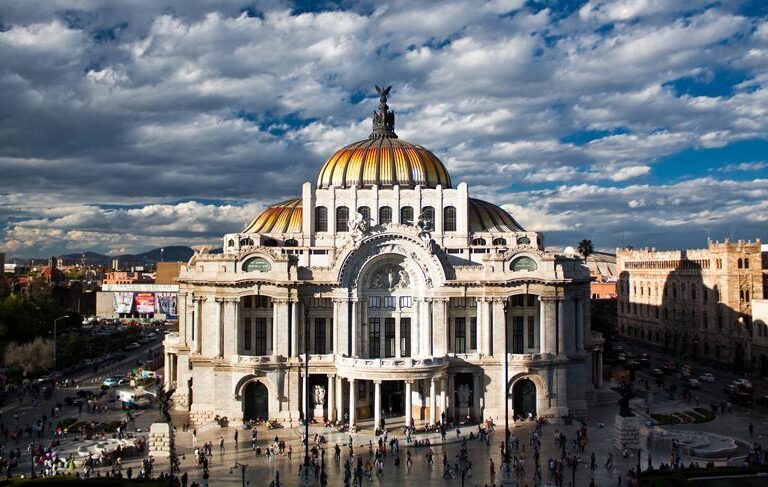This website uses cookies so that we can provide you with the best user experience possible. Cookie information is stored in your browser and performs functions such as recognising you when you return to our website and helping our team to understand which sections of the website you find most interesting and useful.
Cuba Travel Advice
This charming Caribbean island was built to entice the senses. It’s infectious, it’s magnetic, it’s exactly as you imagined, yet completely full of surprises. If Cuba is on your list, read on to hear our travel tips and ideas to make your next adventure unforgettable for all the right reasons!
Travelling to Cuba

Cuba, otherwise known as the ‘Pearl of the Antilles’, is a vibrant, lively and unique Caribbean island which has captured our hearts for generations. It lies in the middle of Central America, near Jamaica and the Dominican Republic and is the largest island in the Caribbean. Here are a few estimates for flight times when travelling to Cuba:
- London to Cuba will take around 9 hours and 45 minutes
- Los Angeles to Cuba takes around 7.5 hours
- New York to Cuba takes around 3.5 hours
- Sydney to Cuba will take around 40 hours with a stopover
Main airports
Cuba has an astonishing 10 international airports. The main ones are Aeropuerto Internacional Jose Marti (HAV) in Havana, Antonio Maceo Airport (SCU) in Santiago de Cuba, and the Juan Gualberto Gómez International Airport (VRA) in Varadero.
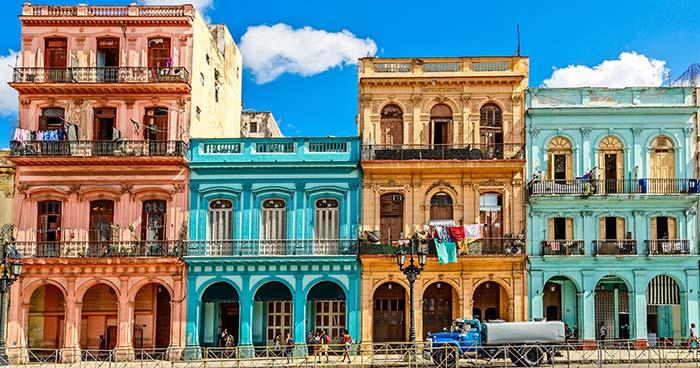
History
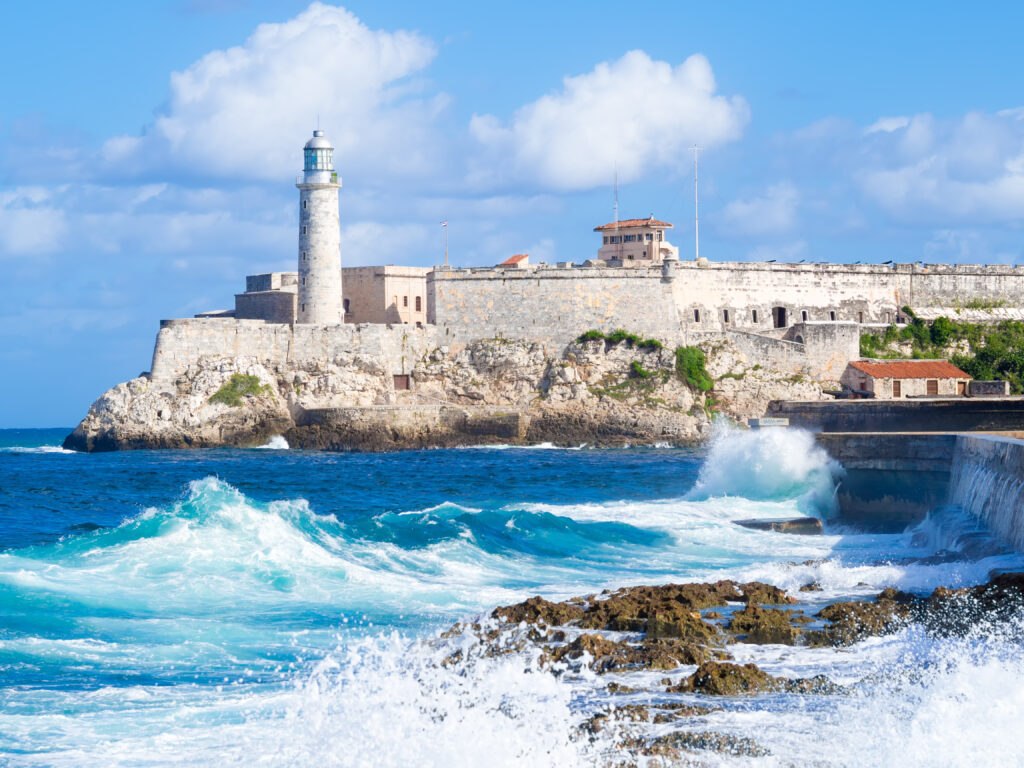
The island we know as Cuba has been settled by humankind for over 6,000 years. The oldest known archaeological site at Levisa is thought to date from approximately 3000 BC. Later sites have been found at Cayo Redondo and Guayabo Blanco. The indigenous hunter-gatherer Guanahatabey people were pushed to the Western side of the island by the newly arrived agriculturally based Taino people. We acknowledge that Guanahatabey is a modern European label, and one that would not have been used at the time.
Christopher Columbus arrived in Cuba in 1492 and claimed the land for Spain through brutal oppression. The native population was further decimated with the introduction of unfamiliar diseases such as measles and smallpox. With no previous exposure to these diseases, and therefore no immunity, thousands of people died.
Enslaved people
Cuba was later seized by Diego Velázquez, who built many of the cities that are still standing today, including Havana. Vast plantations were established to farm sugar and coffee. Enslaved people were brought to work both on plantations and in the construction of new European cities. You can learn more about the history and sites related to slavery in Cuba at this UNESCO site. Slavery was finally abolished in 1886.
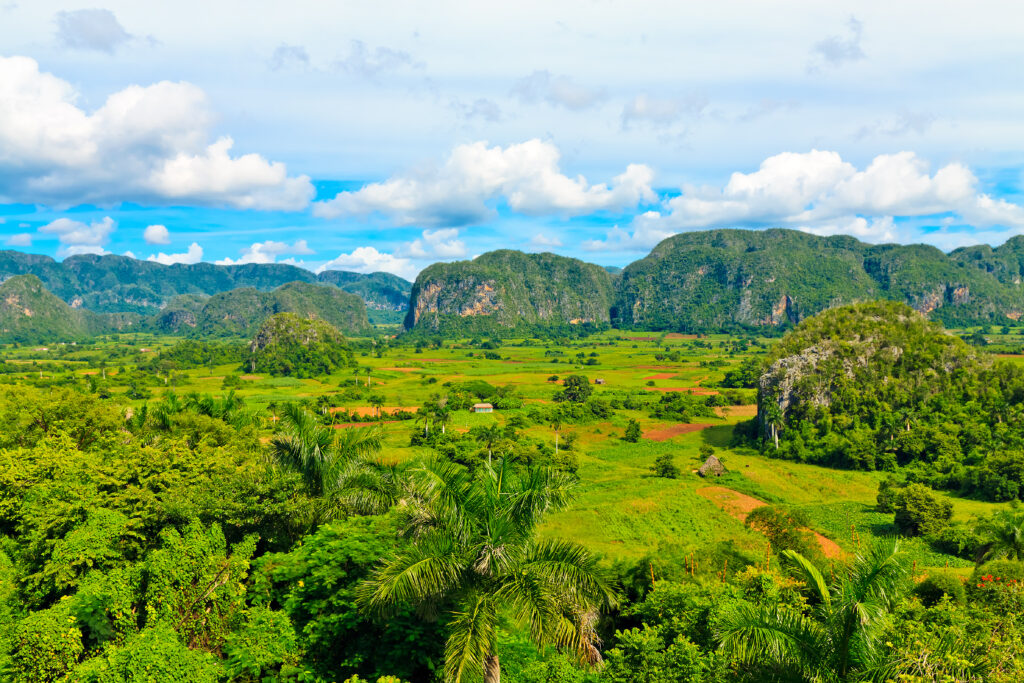
Independence
Cuba gained independence in 1902. A period of peace followed until, after growing civil unrest, the Cuban Revolution established communist rule under Fidel Castro.
Cuba is now a socialist state. (Whilst both Communism and Socialism are left-wing ideologies, Socialism accepts private ownership and enterprise). Cuba adopted a new constitution in 2019. Same sex marriages and gender affirming care are recognised in Cuba, and the previous communist oppression of LGBTQ+ rights has been removed.
Geography & Landscape
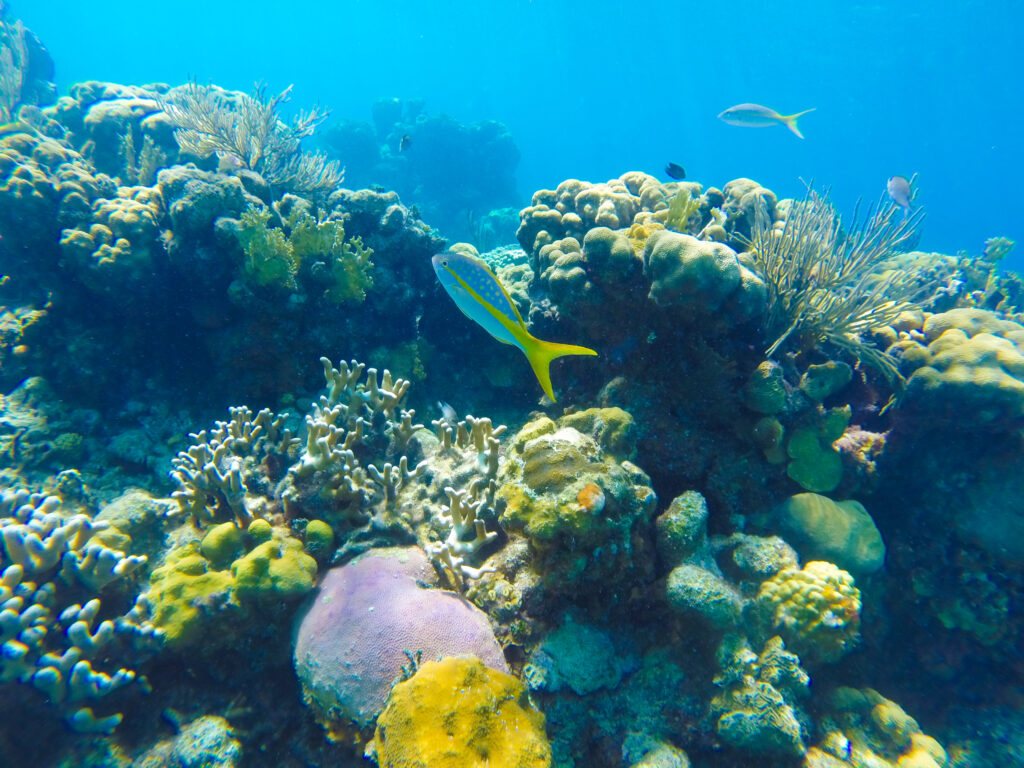
Cuba, the nation, is not a single island. It is an archipelago of over 4,000 islands, cays, and islets situated in the northern Caribbean Sea.
The largest island, named Cuba, is the largest island in the Caribbean and the 17th largest in the world.
Cuba is home to over 6000 plant species, many of which are unique only to the area. Many animals and birds are also exceptional. The national bird is the Cuban trogon.
The climate is tropical, which can mean that Cuba is subject to strong hurricane-force winds.
You can find out more about Cuba’s temperature and weather from the World Weather site here.
Many people visit Cuba for the paradise beaches. Scuba diving and snorkelling offer the opportunity to explore the beautiful reefs around the island. Outside of the cities, Cuba’s countryside is characterised by gentle rolling hills, rugged landscapes, and glorious mountains.
Culture
Cuba is a country rich in history and culture, and it’s essential to be respectful of local customs and traditions. Cubans are generally warm and friendly people who value hospitality and appreciate visitors who show an interest in their culture. When interacting with locals, it’s important to greet them appropriately. Handshakes are the most common form of greeting in Cuba, and it’s customary to use the right hand when shaking hands or passing something to someone.
It is essential to dress appropriately when visiting government buildings or other official places. Modest dress is expected when visiting religious sites.
When visiting someone’s home, it’s customary to bring a small gift, such as flowers or a box of chocolates. It’s also important to remove your shoes before entering, as this is a sign of respect. When dining with locals, it’s customary to wait until the host invites you to start eating, and it’s important to try everything that is offered as a sign of appreciation for the host’s hospitality.
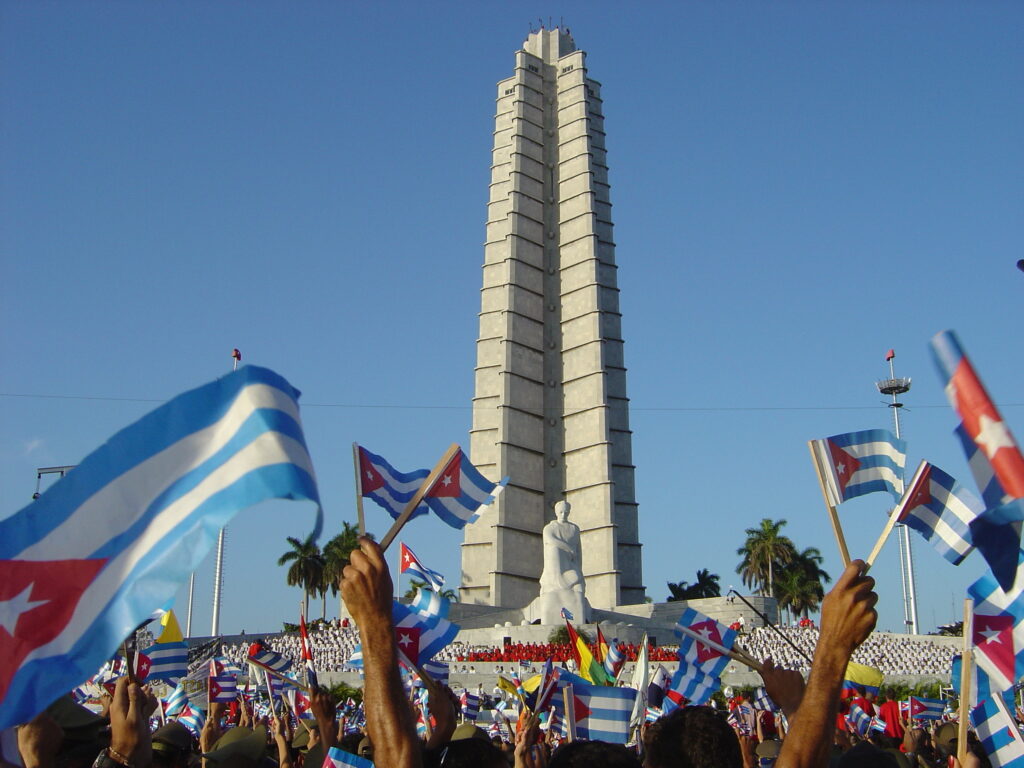
Languages spoken in Cuba
The official language of Cuba is Spanish (Cuban Spanish), which has approximately 11 million native speakers. The following language, spoken mainly in Cuba, is Haitian Creole, which around 300,000 Haitian Cubans use. Other languages spoken in Cuba are Lucumi, Galician and Corsican. If you stay within the major cities and resorts, you’ll find that most people will speak English. However, in rural areas, they tend to speak only Spanish, so it’s worth learning a few key terms.
Guanahatabey and Taino languages are no longer spoken.
Capital city of Cuba
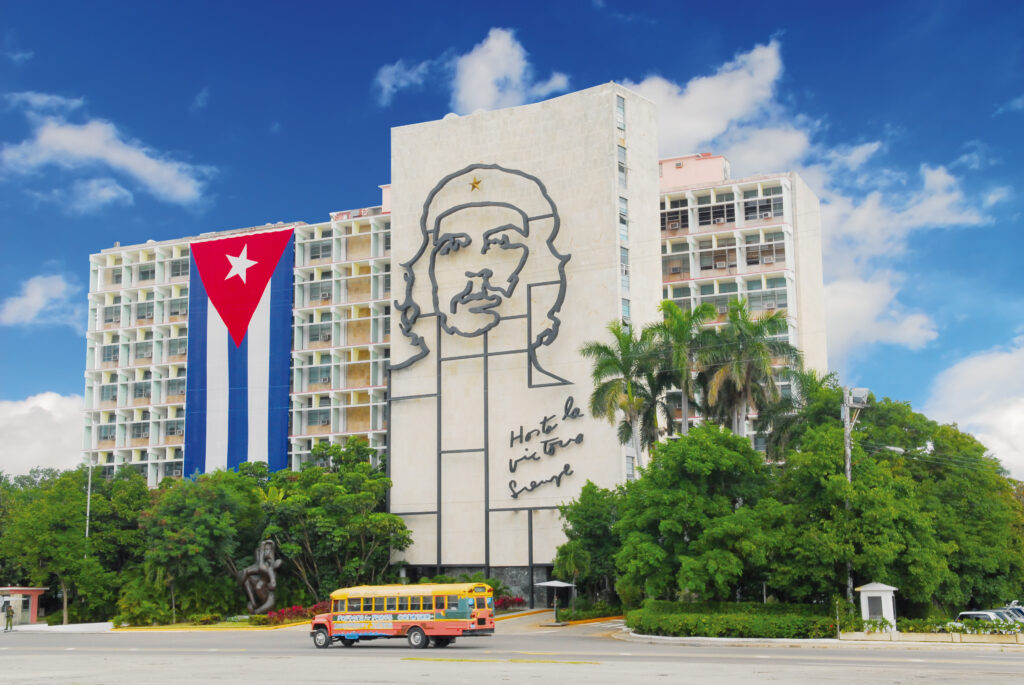
Havana
The capital city, Havana (La Habana), situated on the island’s northernmost coast, is the largest in the Caribbean and has one of the largest major ports in Cuba.
Founded by the Spanish in 1519, the city quickly became an important port and favoured stop-off point for Spanish galleons laden with goods and precious materials.
Visa Entry
Most nationalities require a visa to visit Cuba, including the UK, some EU countries, Canada, and Australia. You can find out the current requirements and complete the application online via the Cuba Visa Travel Requirements site here.
There are different rules for American citizens wishing to enter Cuba. Details about the requirements and application can be found on this link to the U.S. Embassy in Cuba’s website.
Money
Cuba’s currency is the Cuban Peso (CUP) and the Cuban Convertible Peso (CUC).
The CUC, pegged to the US Dollar, is widely accepted throughout the country, especially in tourist areas. You can exchange your foreign currency for CUC at banks, exchange bureaus, and authorised Forex dealers. Be aware that the Cuban government charges a 10% fee for exchanging US Dollars, so it may be more cost-effective to bring Euros, Canadian Dollars, or British Pounds.
Some hotels, restaurants, and shops will accept credit cards, but it’s best to carry cash as a backup. Most businesses in Cuba only accept cash, and ATMs are not always reliable or easy to find, so it’s essential to plan accordingly. Be sure to notify your bank that you will be travelling to Cuba before your trip to ensure uninterrupted access to your funds while abroad.
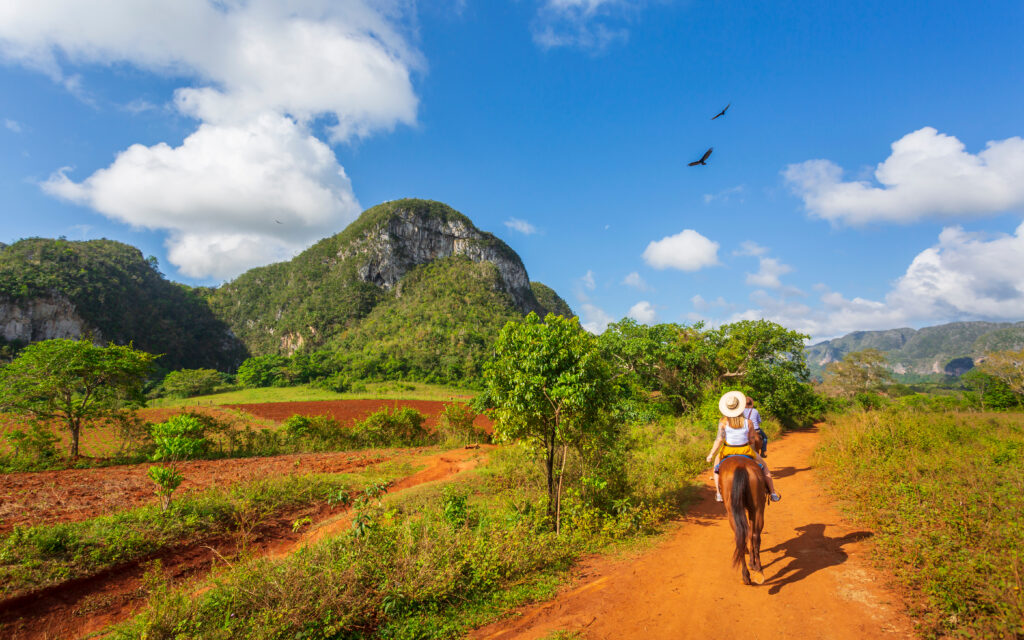
Two currencies in circulation
Be aware that there are two different currencies in circulation in Cuba, with the Cuban Peso (CUP) primarily used by locals for everyday transactions, and the Cuban Convertible Peso (CUC) used by tourists for larger purchases and in tourist areas. Visitors to Cuba should be aware of the differences between the two currencies to avoid any confusion or misunderstandings while shopping or dining out.
travel health
We recommend following national and international guidance on vaccinations before travelling to Cuba.
UK travellers can follow information here from the National Travel Health Network and Centre. Travellers from the USA should check the Centre for Disease Control.
The other bits
Voltage: The standard voltage in Cuba is 110V; however, most modern hotels have sockets for 220V. All standard US and UK appliances will work with an adapter. The sockets and plugs in Cuba are of types A, B, C, and L.
Time Difference: Havana (CDT or GMT-4) is 5 hours behind London, 3 hours ahead of Los Angeles and runs on the same time as New York. Cuba observes Cuban Standard Time and does not observe Daylight Saving Time. Visit timeanddate.com to calculate the time difference from your current location.
Travel Tales Across Central America
-
Sunrise at Tikal at the end of the Mayan Calendar
Read MoreSunrise at Tikal Join our intrepid Tucan Traveller as they witness the sunrise at Tikal, Guatemala Jess, one of our…
-
Climbing Volcanoes outside Antigua
Read MoreAs I pulled myself up the steep hill to the next view point, still shrouded in cloud, I wondered really…
-
My Mexican Summer
Read MoreIt’s been three months since the heat of Mexico prickled under my skin. There are still moments in days where…
We are passionate adventure travelers who want to share the world and our travel experiences with everyone…
